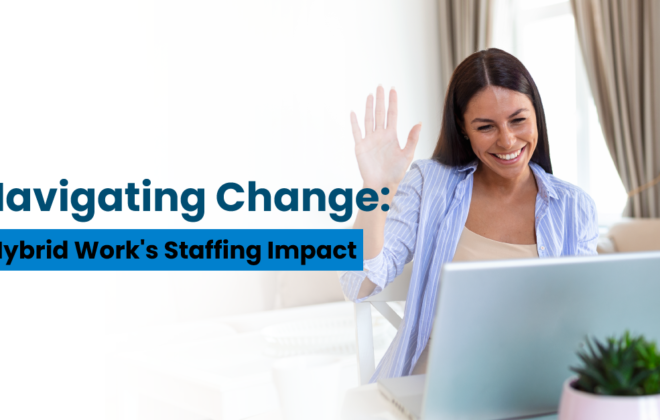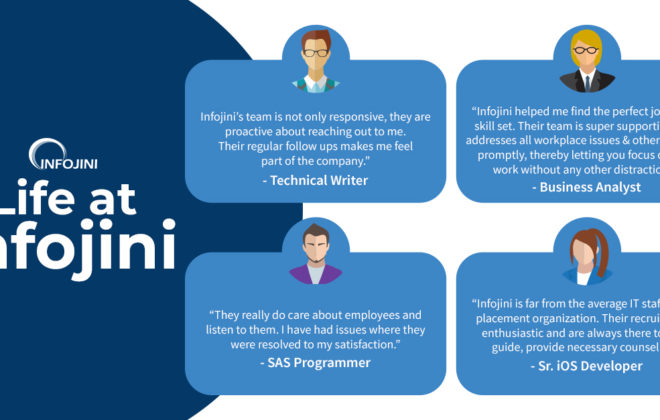Returning to Work? Follow These Strategies to Bring Back Your Employees Safely
Returning to work is not as easy as it sounds. Working in a pandemic-hit workplace comes with a lot of meticulous planning that ensures employees have one less thing to worry about. With current uncertainty, there a lot of factors that a company needs to worry about while planning this return.
For this very reason, we have listed important tips and strategies that will help you gain the right information to plan this return in the most precautionary and effective manner possible.
- Workplace and Employee Safety
- Phased Employee Joining
- Policy Changes
- Clear and Effective Communication
- Infrastructure and Cultural Changes
Five Strategies to Help You Return to Work Safely
1. Workplace and Employee Safety
Returning to work won’t be as simple as it was. You need to be doubly sure of all the safety measures while asking employees to step out of their homes amid these crucial times.
Unlike earlier, companies, as well as employees, would need to be more cautious of their surroundings and what they come in contact with. Besides, as employers, there’s a bigger onus on you to protect employees. Here are some of the security tips that will help you create a secure and safe workplace strategy for your employees.
- Deploy appropriate employee health screening measures including respiratory and body temperature checks
- Send employees back home with a fever
- Develop a workplace exposure-response plan to curb CoVID exposure
- Restrict business travel to essentials
- Limit visitor entries and define visitor contact protocols
- Establish physical distancing measures including staggered shift for lunch/breaks, increase workstation distance, and more.
- Mandate usage of protective equipment like mask and hand sanitizers
- Allocate the monitoring responsibility to the administration, HR, and other responsible departments
![]()
2. Phased Employee Joining
Before sending out that return to work mail, draft a phased return to work strategy that elaborates on who all will join and when.
For this, start segmenting employees based on their roles and activities.
Employees who can work as effectively remote as on the site should be allowed to work remotely. These segments can be decided by looking into the employee data and understanding which segments/departments/roles have comfortably adapted to the remote work and which all are struggling to keep with this new scenario.
Consequently, create a complete monthly roster for employees who are expected to join the workplace. Be clear of how many days per week they are expected at the workplaces and what are your preventive measures to keep them safe.
Also, exclude high-risk employees such as older adults or people with medical conditions from the return to the worklist. Allow them to continue working from home and call them to work until necessary.
3. Policy Changes
![]()
Everyone is now living in a new normal. Business is not as usual as before. There are new concerns, fears, and priorities to be handled.
Old policies can no longer handle these situations effectively. Therefore, businesses need to update or create new policies that cover the nuances of this new normal. Some of the policies that should be prioritized are,
- Paid-leave and attendance policies to encourage sick employees to stay at home.
- Flexible office timings policies to allow employees to work at the flexible start and stop times.
- Travel policies to distinguish between essential and nonessential travels
- Telecommuting policies to reflect the type of work that can be done remotely and the procedures for requesting telework.
- Information technology policies are revised to reflect remote work hardware, software, and support.
- Meal and rest break policies adjusted to encourage physical distancing.
4. Clear and Effective Communication Channels
Effective communication is a priority for introducing an enterprise-level change. It sets the expectations right and ensures you achieve the planned outcome in the expected time.
To start with, explain to your employees how you plan to resume the operational processes. For this, clearly explain physical distancing policies and how it will help the workforce prevent the spread.
Also, broadcast important policy, rules, or other essential changes regularly to reinforce the information or measures. Build a central communication platform where employees can access and broadcast the latest information regarding protocols, measures, and others.
5. Infrastructure and Cultural Changes for Hybrid Workplace
![]()
Most workplaces are opting for phased return, which is the most logical choice in the current scenario. However, this would change the way organizations worked in the past. Organizations would now work in a hybrid model of the workforce. This model will constitute of in-office and virtual employees where both the sections will work in tandem to support the work.
Read More: CoVID-19 – Giving Way to New Jobs That Never Existed
This model is the best alternative at hand which ensures that neither operations and nor safety measures experience a hit.
However, to properly absorb into this new model, you would be required to make some infrastructure and cultural amendments. Some of the things you would need to consider are,
- Build a virtual collaboration setup that allows in-office employees to seamlessly collaborate with remote workers.
- Purchase all the necessary tools and technologies to help you seamlessly facilitate a hybrid setup.
- Build separate meeting rooms that allow employees to easily connect with the remote teams.
- Create internal collaboration tools, add projectors, and other in-built remote working capabilities as a regular part of your infrastructure.
- Rotate shifts of remote employees and ensure all the remote workers as well as in-office workers are an active part of all organizational initiatives.
Gauge your employees’ behavior and make further amendments in your workplace to better adjust to the changing reality.
Tags In
Related Posts
Subscribe For Updates
Categories
- Accountant
- AI
- Automation
- Awards and Recognitions
- Blue Collar Staffing
- Burnouts
- Campus Recruiting
- Cloud
- Co-Ops agreements
- Company Culture
- Compliance
- contingent workforce
- Contingent Workforce
- COVID-19
- Cyber Security Staffing
- Data Strategy
- Digital Transformation
- direct sourcing
- Distributed Workforce
- Diversity
- Diversity & Inclusion
- Economy
- Events & Conferences
- fleet industry
- Gig Economy
- Girls in Tech
- Global Talent Research and Staffing
- Government
- Healthcare
- Healthcare Staffing
- Hiring Process
- Hiring Trends
- Home Helathcare
- HR
- HR Practices
- HR Tech
- IT
- Labor Shortages
- Life Science
- Local Governments
- News
- Nursing
- Payroll Staffing
- Public Sectors
- Recruiting
- Remote Work
- Skill Gap
- SMB Hiring
- Snowflake
- Staffing
- Staffing Augmentation
- Staffing Challenges
- Talent ROI
- Tech Staffing
- Technology
- Tips & tricks
- Total Talent Management
- UI/UX Design
- Uncategorized
- Veteran Staffing
- Veterans Hiring
- Veterans Hiring
- Workforce Management
Recent Posts
- Automation in Recruiting: From Chatbots to Predictive Screening
- Gig Economy Expansion: The Impact on Talent Pools and Business Models
- Skills-Based Hiring: Why Credentials Alone Don’t Cut It in 2025
- Procurement 3.0: AI & Intelligent Automation in 2025
- Q3 Is Here: Is Your Contingent Workforce Strategy Falling Behind?
Newsletter
Archive
- September 2025
- August 2025
- June 2025
- April 2025
- March 2025
- December 2024
- November 2024
- October 2024
- September 2024
- August 2024
- July 2024
- June 2024
- May 2024
- April 2024
- March 2024
- February 2024
- January 2024
- December 2023
- November 2023
- October 2023
- September 2023
- August 2023
- July 2023
- June 2023
- May 2023
- April 2023
- March 2023
- February 2023
- December 2022
- November 2022
- October 2022
- September 2022
- August 2022
- July 2022
- June 2022
- November 2021
- October 2021
- September 2021
- August 2021
- July 2021
- June 2021
- May 2021
- April 2021
- March 2021
- February 2021
- January 2021
- December 2020
- November 2020
- October 2020
- September 2020
- August 2020
- July 2020
- June 2020
- May 2020
- April 2020
- March 2020
- February 2020
- January 2020
- December 2019
- November 2019
- October 2019
- September 2019
- August 2019
- July 2019
- June 2019
- May 2019
- January 2019
- December 2018
- November 2018
- October 2018
- September 2018
- August 2018
- July 2018
- June 2018
- May 2018
- April 2018
- March 2018
- February 2018
- January 2018
- December 2017
- November 2017
- October 2017
- September 2017
- August 2017
- July 2017
- June 2017
- May 2017
- November 2016
- October 2016




